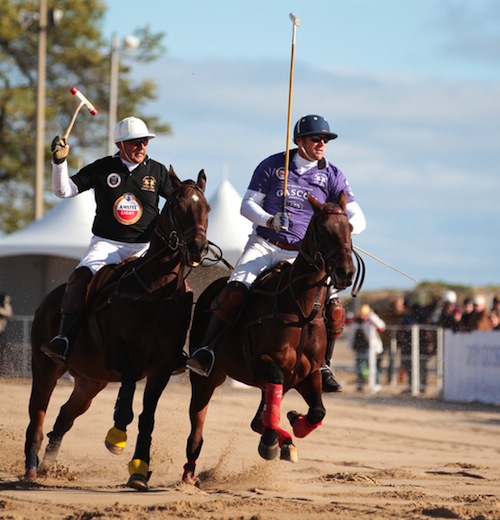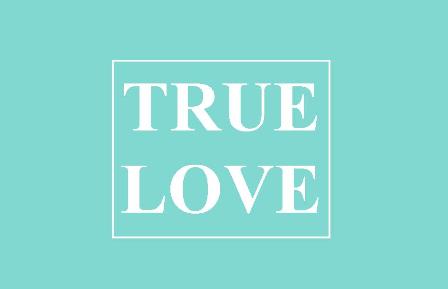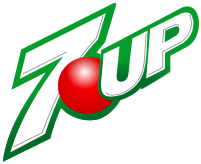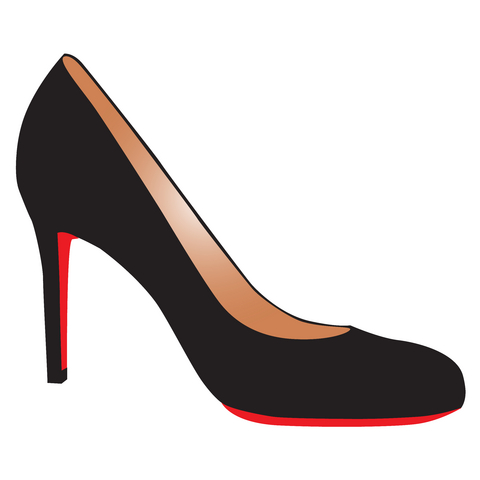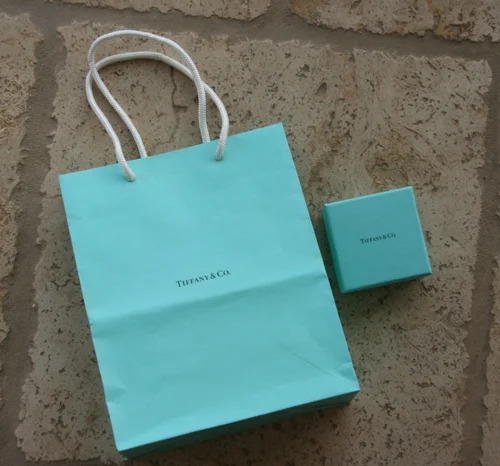
Russian Nested Dolls
In marketing luxury real estate, one of the traps that market leading agents fall into is attempting to be all things to all people. They figure, for example, that since they are the expert in selling single family homes in a particular geographic farm they certainly can extend their line of work to another category of business and become the expert at selling condos throughout multiple areas. Never mind that they will have to face off with an incumbent market leader in this separate niche who is known as the “condo queen or king”, an agent who is currently enjoying top-of-mind status based on an indelible personal brand that was developed over years.
Off they go, believing that their reputation as the expert in single family homes plus their unique brand of doing business in that one area will automatically apply and extend to another, and another arena. Instead, they will need to successfully develop a second distinct brand that resonates with their new target market. Keeping the same brand name for the new category is what is known as the “line extension trap”.
Think of those Russian nested dolls that look identical but in different sizes. Using the same brand name for different lines of business diminishes the stature of the original brand. Let us take a look at how Google is about to fall into the line extension trap as they take on Facebook once again.
Do we really need another major social network? At a time when News Corp. is selling off MySpace for $30-40 Million (less than 10 cents on the dollar based on their original purchase price of $580M), Google seems to think so. Facebook, with its alliance with Microsoft, is Google’s fiercest competitor not only in social media but in search, where Google dominates. But, from a strategic branding standpoint, with the name, “Google +”, they are heading in the same direction as MySpace on a very slippery slide. Here is why.
While Google is one of the world’s most widely recognized brand names, they were wise in keeping the name, Android, for their smart phone operating system (OS) when they acquired Android Inc. in 2005. With Android they avoided this very common brand extension trap. That is, the trap of using the primary brand name as an integral part of the new brand name in the new product/service category they are entering. But, it looks like they did fall into this trap with Google +1 in the category of social networking.
It would have been suicide to use Google instead of Android for their mobile device OS because it would dilute and diminish Google’s top-of-mind status in its primary product category. Google stands for SEARCH, period. It cannot also stand for social media, like Facebook does, or anything else without diminishing the power of the brand in its primary category.
Android doesn’t just stand for the “other” mobile device operating system. It stands for an “open source” operating system that allows unlimited number of developers to contribute to the evolution of its source code. It freely licenses its OS for use by any qualified manufacturer of mobile devices.
In contrast, Android’s closest competitor, Apple, has a strictly proprietary “closed source”. This is a classic case of a challenger taking on the opposite brand position as that of the incumbent. Google created a contest between the #1 and #2 brands who, together, own the lion’s share of the marketplace. When price is equal, the majority of mobile devise consumers make a clear choice between the two opposing brands based on their personal values and the opportunity for self-expression that each of them offers.
Google brilliantly framed this two-way contest as Open (Android) vs. Closed (Apple) and summarily dismissed the #3 and #4 operating systems. This is brand positioning at its best. So far, Google has not been as brilliant about positioning itself as the #2 contender to Facebook. What does + stand for and how is it the opposite of what Facebook stands for?
Every new product or service category that a company or a service professional enters must have its own unique brand name, a name that stands for the category or niche. Google’s streaming video service, You Tube, is a direct competitor of Hulu which is owned by a consortium of companies You Tube currently stands for streaming video with free user generated content. Competitor, Hulu, is comprised exclusively of the content that is produced by its owners and is available partially for free, mostly for a fee. Free vs. Fee, user generated content vs. proprietary content. This is brand positioning.
Google means search. It does not mean TV (Google TV), nor does it mean instant messenger (Google Talk). These are examples that illustrate Google’s tendency to fall into the line extension trap. Google definitely does not mean social network. Why is this branding principle of the line extension trap so difficult to apply consistently?
Orkut, Google’s first faceoff with Facebook, means social network to 100,000,000 users primarily in India and Brazil. It is one of the most highly trafficked websites in these countries and the 96th most highly-trafficked website in the world. It is not at all popular in the United States. But, they stayed out of the line extension trap on this one becasue the name does not include the word Google.
But, Google had a disastrous misstep when they launched Google Buzz, their second attempt to surpass Facebook. A technical glitch resulted in revealing users' address books to the public. Why on earth would they tarnish their good name in the realm of search again? What were they thinking? Trapped!
In your luxury real estate marketing practice did you ever feel the tendency to branch out into other categories of business? Did you fall into the line extension trap? Or, did you rebrand yourself for the new category?
In Part 2 of this blog series on the line extension trap, we will see how Google is compounding their troubles by falling into another trap. That is the trap of competing on features vs. leveraging the art of brand positioning.
Check out our lastest Blog Series: So You Want to Be a Market Leader
- WATCH VIDEOS-
Buzz-Worthy Luxury Real Estate Websites
Personal Branding Case Studies Company Branding Case Studies
- JOIN THE LOL COMMUNTIY -
GET FLUENT. GET AFFLUENT!
Linked In, Facebook, Active Rain
Follow Us on Twitter: LuxuryMarketing



